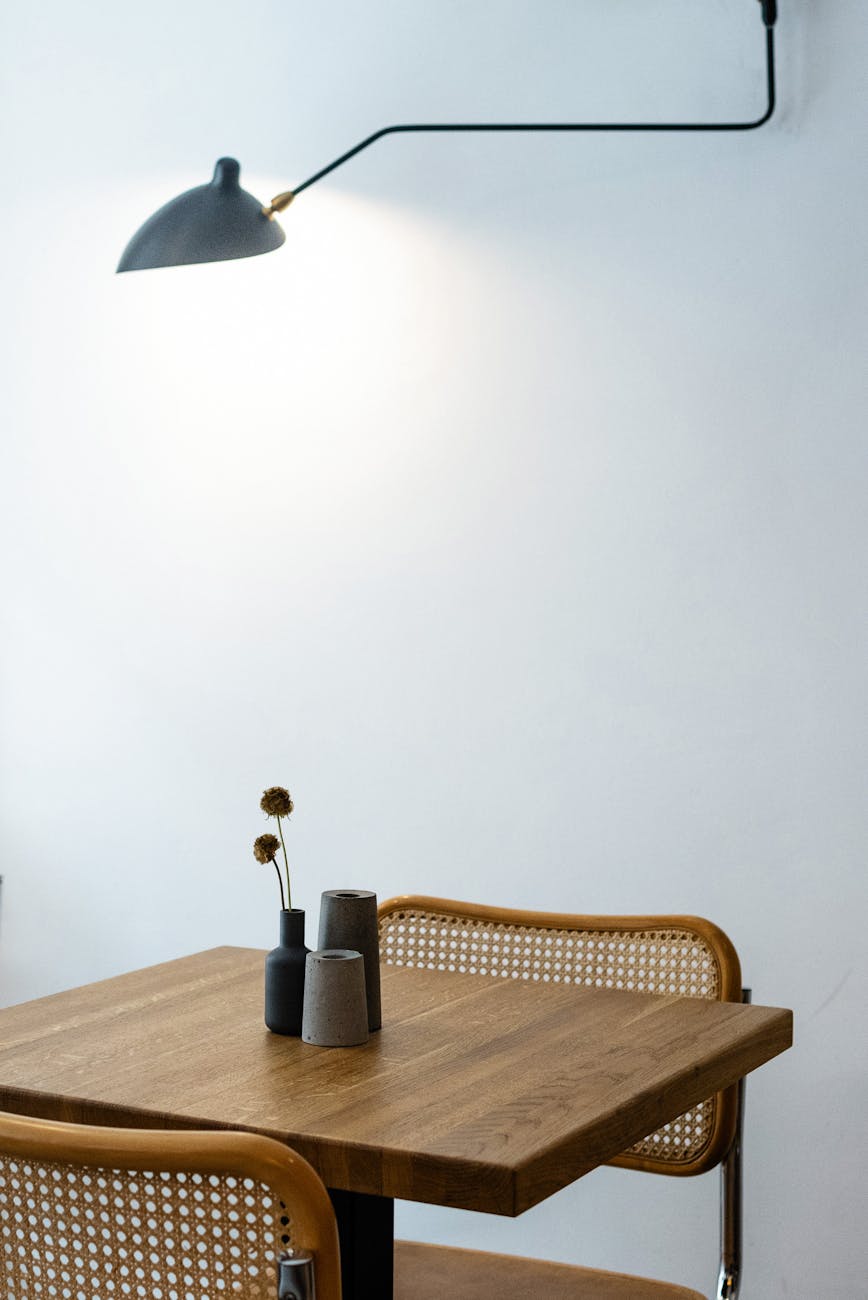How to Mix and Match Lamps in One Room
Lighting is an essential element of interior design, and the right combination can significantly alter the mood and functionality of any room. One popular trend is mixing and matching different lamp styles to create a dynamic and cohesive look. While it might seem challenging at first, blending various lamps can add depth and interest to your space. Here’s a comprehensive guide to mastering the art of mixing and matching lamps in one room.
Understand the Role of Different Lamps
Before diving into design, it’s crucial to understand the function each type of lamp serves. Generally, lamps fall into three categories:
- Ambient Lighting: Provides overall illumination and sets the general mood of the room.
- Task Lighting: Focuses on specific areas to assist with tasks like reading or cooking.
- Accent Lighting: Highlights particular features or adds a decorative element to the room.
By ensuring your room includes these lighting layers, you can combine function with style.
Find a Common Element
Mixing and matching lamps doesn’t mean creating a chaotic look. By identifying a common element among your lamps, be it color, material, or design style, you can maintain harmony in your design. Perhaps it’s a shared metallic finish, a complementary color scheme, or similar shapes. This common thread ties the room together while allowing for diversity in lamp choice.
Vary Heights and Sizes
To create visual interest, incorporate lamps of various heights and sizes. Tall floor lamps paired with shorter table lamps can add dimension and prevent the space from feeling flat. For example, placing a slender floor lamp next to a compact armchair can create a cozy reading nook, while a bold table lamp could anchor a side table in a larger room.
Experiment with Styles
Don’t shy away from combining different design styles, such as a rustic floor lamp with a sleek, modern table lamp. When done thoughtfully, a blend of styles can add a unique character to your space. Consider the overall theme of your room and choose lamps that can align or subtly contrast with that aesthetic. Remember that balance is key in eclectic design.
Play with Materials and Textures
Diverse materials and textures can elevate your room’s ambiance. Mix metal and wood for an industrial feel, or blend glass with ceramic for a more elegant look. The interplay of different textures not only enriches the room visually but also can influence how light is diffused in the space, contributing to a unique ambiance.
Ensure Appropriate Placement
The placement of your lamps should consider both aesthetics and functionality. Keep task lamps where they will be most useful, such as near seating areas or on desks. Accent lamps should illuminate features you wish to highlight, like an art piece or architectural detail. Ambient lamps can be more flexible but should still contribute to the overall light balance in the room.
Conclusion
Mixing and matching lamps in one room can transform your living space from simple to sophisticated. As you incorporate these tips, remember to blend your creativity with thoughtful design principles. Your unique mix of lamps should not only highlight your personal style but also enhance the functionality and ambiance of your space. Enjoy experimenting, and let your lighting choices become a reflection of you!





